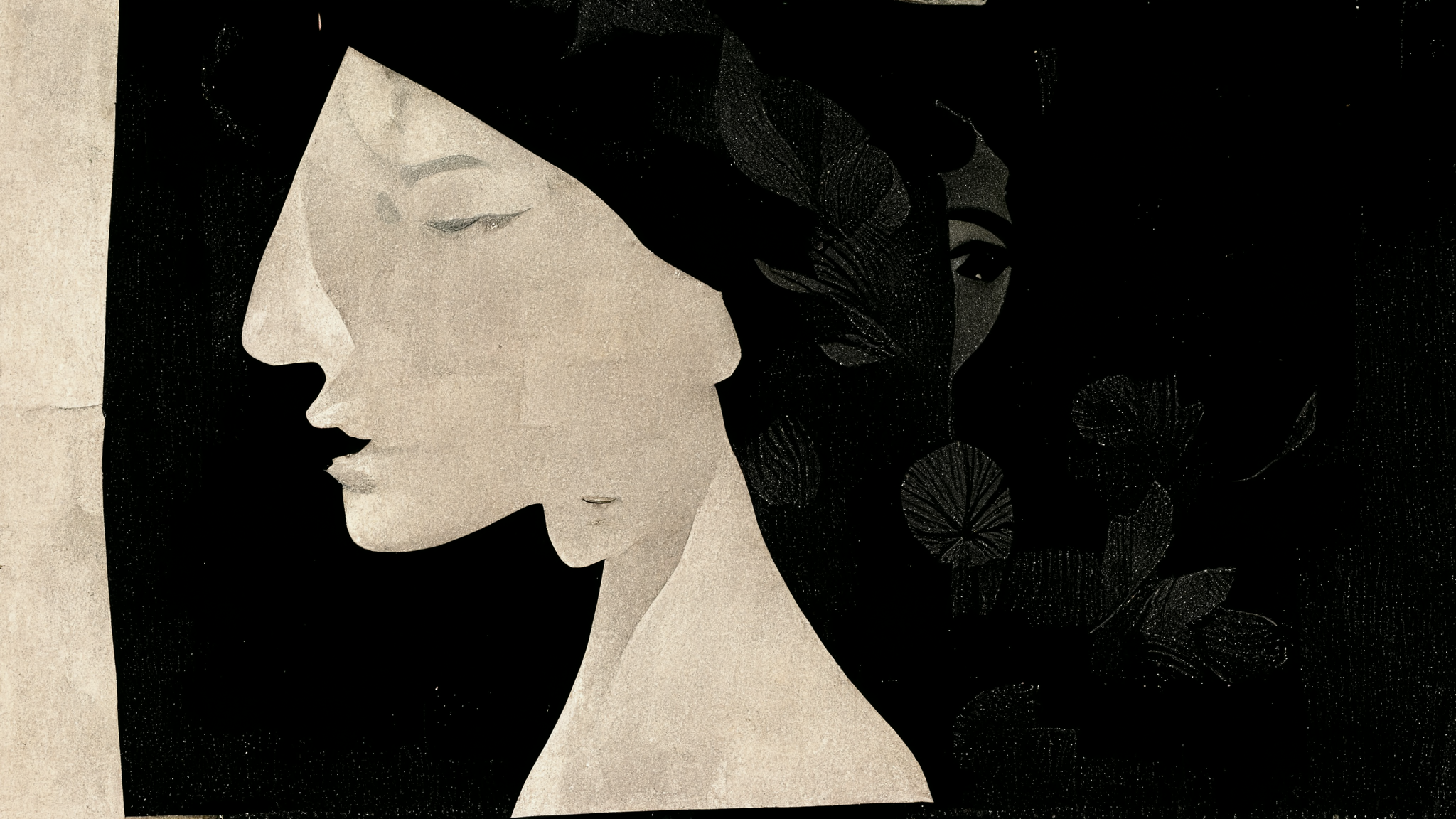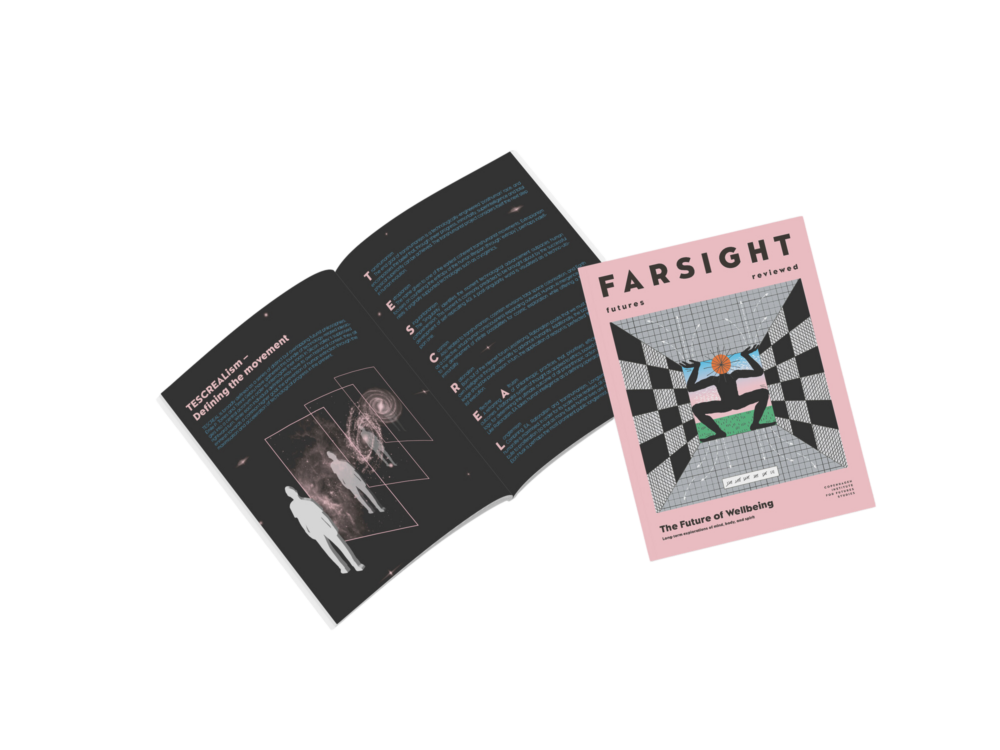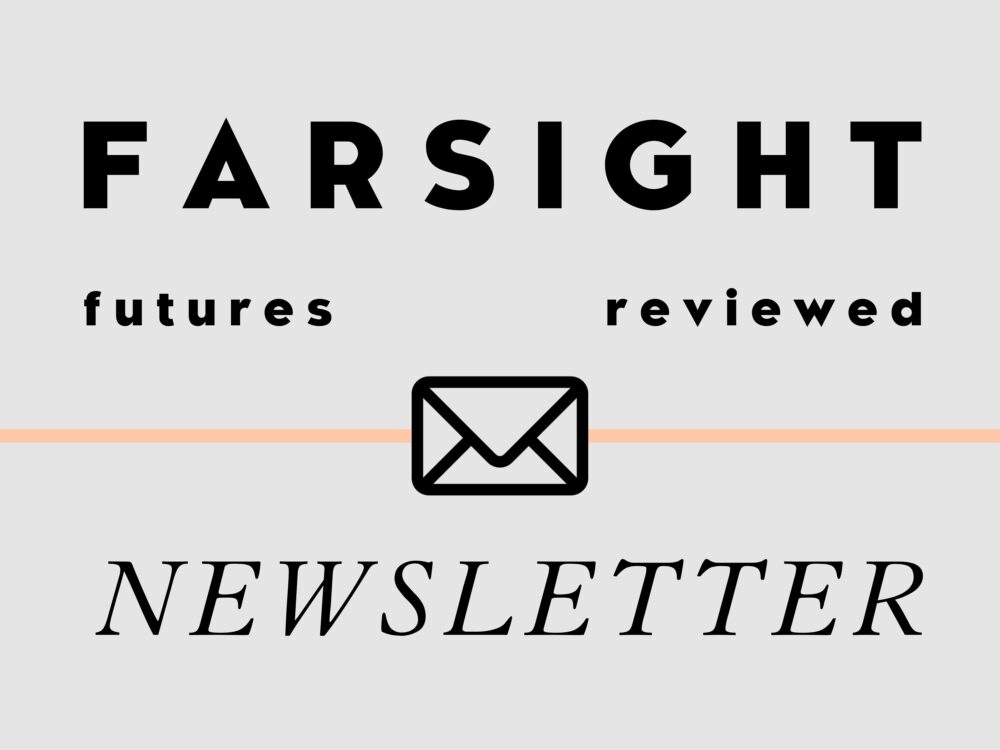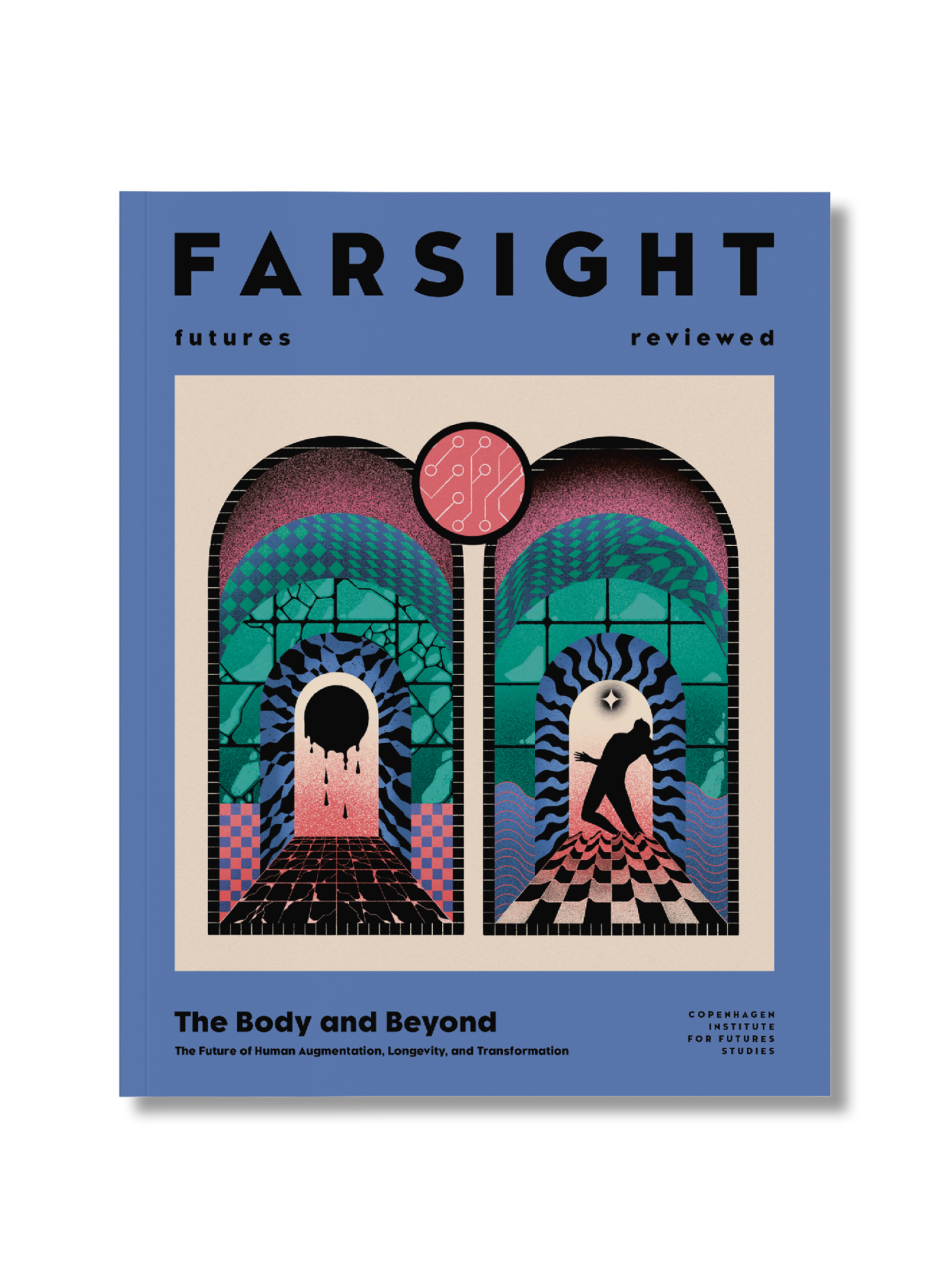
In turn, we use cookies to measure and obtain statistical data about the navigation of the users. You can configure and accept the use of the cookies, and modify your consent options, at any time.

Historical biases and systemic disregard have led to huge discrepancies in the way we approach women’s health. But how are we deciding to make change?
Illustration: Midjourney AI
From delayed or incorrect diagnoses to pain being downplayed and dismissed, to being told that everything wrong with your health is related to your reproductive system. For many women, these are relatable experiences when seeking medical treatment. From historical research to the modern emergency room, gender inequality in healthcare has been a problem so prolific we are only just beginning to understand its impact, while the effects are felt by millions of women today. So what is being done to address the gap in gendered medicine, and where will our reflections guide us?
Dr Marieke Bigg is the author of This Won’t Hurt: How Medicine Fails Women. She believes that the normalisation of the pain women experience is a big part of the problem. The expectation that pain is a ‘natural’ or ‘built-in’ part of existence as a woman leads to a lack of sympathy, seriousness, and medical knowledge, leading to worse care and health outcomes. “I gained helpful perspectives from making sense of my own experiences and my research on reproductive technologies such as in vitro fertilization,” says Bigg. “It was quite controversial at the time. I was doing a lot of thinking about motherhood, expectations, and the gender roles when it comes to making babies. Technology subverts and undercuts a lot of those ideas. And I just kept encountering the argument: ‘Well, it’s only natural’.”

Broaden your horizons with a Futures Membership. Stay updated on key trends and developments through receiving quarterly issues of FARSIGHT, live Futures Seminars with futurists, training, and discounts on our courses.
become a futures memberLooking at the gaping holes in the study of women’s health throughout history, it becomes clear that oversimplifying the source of women’s pain doesn’t stop at reproductive health. It goes further, to a broad lack of medical understanding, underfunded research, and misdiagnosis of female-specific conditions.
“Many see the reproductive system as the defining aspect of femininity. We’re really neglected in medicine, because from the beginning it was male scientists asking the questions and prioritising male bodies.” Bigg says. She uses the example of sex hormone discovery, when ideas about female hysteria became associated with hormones, and “how, suddenly, the hormones were the explanation for all irrational behaviours.”
Many ‘invisible’ ailments, like endometriosis, pelvic pain or heavy menstrual bleeding are often ignored by healthcare practitioners when women seek care for them. “These attitudes persist, especially in gynaecology, due to a lack of funding and therefore a knowledge base, of education amongst medical professionals around the problems women are having. The discussions are changing and there’s a lot more awareness now, but obviously, that differs per country. And I still see the same ideas.”
Although the discourse is evolving, roadblocks when seeking care put women in an extremely vulnerable position. When female pain is repeatedly dismissed, it leads to feedback loops where women feel more afraid to ask for help.
“I think it’s important to acknowledge the power dynamic of walking into a room where someone is an ‘expert’ and the other is feeling vulnerable,” Bigg says. “When you’re sick or when you’re anxious about something going on with your health, and you’re told ‘no, there’s nothing to worry about’, or you feel you’re being dismissed, that’s difficult for anyone. But, in a social context, a society where men still hold more power, that might be even more difficult for a woman.”
Even after being seen, women are still statistically less likely to be believed about their pain once in care. This results in being prescribed less pain medication (compared to men), and creates a reality where pain is simply something to suffer with. “Taking people for their word is less likely to happen when it comes to women and minority groups. They’re just not believed, they’re dismissed, gaslit. This also intersects with race. There’s been reports from the UK showing that black mothers are less likely to be given pain medication, something like 40% less likely. It’s a massive difference for acute pain. When women show up to the emergency room, they’re just less likely than men to be given pain medication and wait longer to receive it. They’re classified as, generally, less crucial than men, even when reporting the same problems.”
Dismissive response from medical authority can result in destabilising effects on mental health, related to rises in anxiety, stress and depression which in turn cause their own problems.
“When it’s experts denying you care, or you’re on a maternity ward and you have a horrible experience giving birth, that can be traumatising.” Bigg says. “There’s this general effect on a person being made to doubt themselves, which has mental health consequences.”
When questions are left unanswered by conventional medicine, some women look for solutions in the holistic, natural healthcare and wellness industry, or alternative medicine. These communities often promise answers, results, and somebody who will listen. Women are disproportionately targeted by this industry, and sold something that is marketed as healthy, without any actual benefits to health. Often, alternative medicine comes with its own dangers, and can worsen existing conditions.
Bigg expands further on the popularity of alternative medicine among women. “It’s important to think how women specifically are targeted when it comes to the commodification of health, all aspects of life, femtech and self-care products. When doctors fail, women look elsewhere for solutions. There are now opportunities through apps, or other options to democratise access to healthcare. But when money drives these interactions instead of women’s needs, you don’t know what the impact will be. And it’s important not to assume that new technology is progress. We need to look at how that technology is being used and who gets to design it and shape it.”
When thinking about the future of this inequality, women cannot afford to turn away from the medical establishment. “Popular science communication is a crucial part of the research process,” says Bigg. “It’s crucial to involve people and ideally that process also involves people saying what’s important to them, what they need to know more about. At every level – funding bodies, hospitals, and care, the more women involved, the more we’ll start having discussions that matter. I would like to see a shift towards valuing qualitative research that looks at women’s experience in healthcare and how really small changes can make a massive difference.”
Maggie Kent and Ireena Haque, strategists at the healthcare research consultancy FSI, point out the role of futures methodology in addressing this problem. Their research looks at the history of gender discrepancy in medicine, the gaps that exist today, and the potential future of women’s healthcare.
One such gap is symptoms. Historically, male bodies have been the standard in medicine. Women’s bodies were seen as “complicating factors” and went mostly unresearched. This has led to a poor understanding of the gender differences in symptom presentation, which can have lethal consequences. An example is heart attacks; women can experience them differently to men, but the widely promoted symptoms are mostly male. When women don’t present with the ‘male’ symptoms, they may be dismissed completely, even though they need urgent care.
Nevertheless, Kent and Haque believe we’re seeing promising progress in the medical tech sector that is trying to bridge the accessibility gap for women. “The company NextGen have developed at home, accessible test technology for endometrial and uterine cancers. They send you a tampon, and after use it’s sent to their lab and tested. There’s no definite diagnosis, but it can see certain biomarkers, if you are at risk, and recommend if you need to visit a doctor.” says Kent.

Explore the world of tomorrow with handpicked articles by signing up to our monthly newsletter.
sign up here“It’s that encouragement that people need in a very accessible package, meeting women where they are and providing them with the quality of healthcare that they deserve. A lot of times, endometrial cancer doesn’t present itself in an obvious way until quite far along in the disease. Many people who have it are either underserved patients or women of colour, so it disproportionately affects those with less access to quality healthcare.” says Kent.
Haque also brings up a breast cancer home screening kit from the company Auria. “It uses biomarkers in tears to detect breast abnormalities and whether you should go get a mammogram or not. Not everyone knows how to check for breast cancer, and it’s not an easy thing to do, so I’m glad that there are innovations happening.”
Considering all these advances in medical science, how do we go forward while still addressing historical and present inequality? Haque thinks that “As researchers we want to make sure we’re testing this with everyone, looking at more diverse and inclusive populations. And policymakers play a huge role in whether the change happens. If you are somewhere where a policy is not created or established, you can’t implement these things. There needs to be a desire to take this up, which is also why we always create the best- and worst-case future scenarios in our research to show that if you don’t act, this is going to happen.” So, the future also needs to come with some new values.
“One of the shifts that we talked about was towards extreme inclusivity. Women’s health really is for everyone, you need women around you, women benefit society. And having choice as something that is totally healthy, totally above board from a medical standpoint, is great.”
Haque thinks we also need to address the ways that demographics are changing. “We’re seeing more types of family structures. You can still be a family unit and not want kids. Most families really want kids – but there’s a higher rate of fertility issues, and a lot being done to address that. But then, if you have another couple in their 30s that’s not concerned about that at all, there’s a whole other picture of health. Maybe they’re more focused on chronic diseases, prevention, or management. Values are shifting, and that also changes what offerings should be provided from healthcare side. That’s why we think the future of women’s health needs to be more all-encompassing, to go beyond just fertility and birth control.”
The best-case scenario for the future of women’s health is one that considers and values as many diverse perspectives and lived experiences as possible. Kent refers to this as ‘alignment’: “you can have individual intention, but everyone needs to be aligned on a common goal and how we’re going to get there. The whole system – healthcare, government, individuals, all different kind of networks – has to truly understand the objective good that comes from treating women equally, especially in the healthcare space.”

Stay up-to-date with the latest issue of FARSIGHT
Become a Futures Member